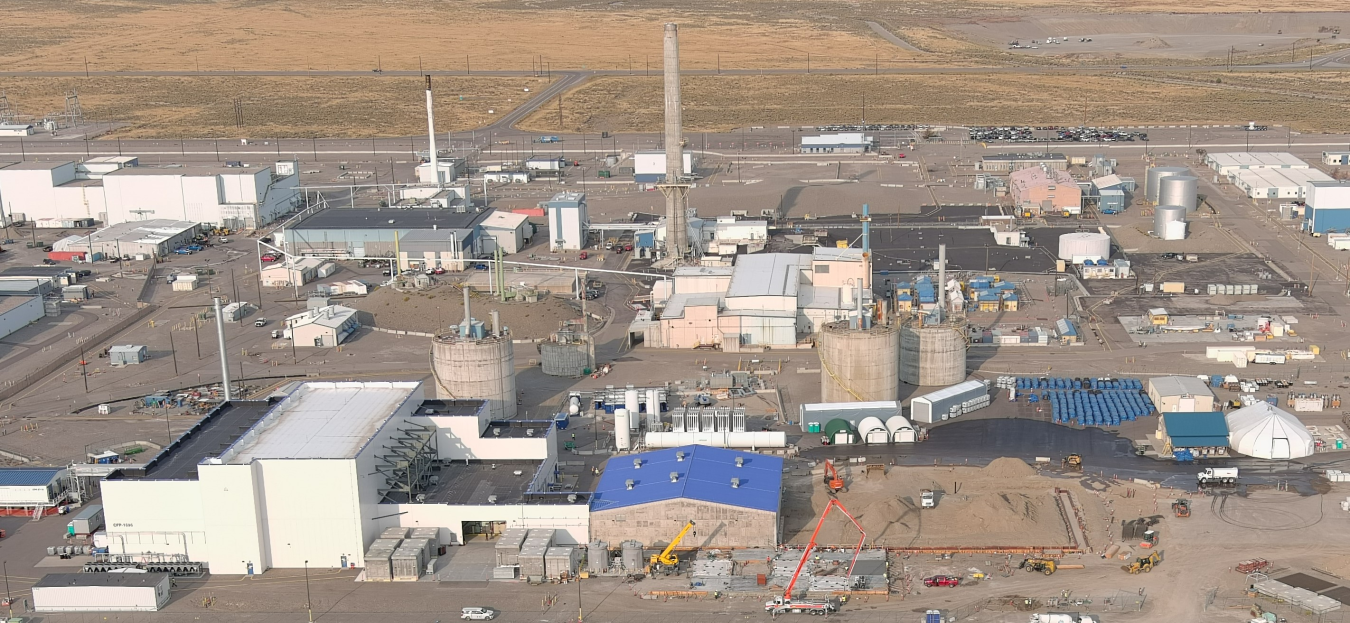EM project managers at the Idaho National Laboratory (INL) Site have released a draft document to the public proposing a final end state for residual granulated calcine waste, piping, tanks and equipment associated with historic spent nuclear fuel reprocessing.
Office of Environmental Management
December 5, 2023
IDAHO FALLS, Idaho — EM project managers at the Idaho National Laboratory (INL) Site have released a draft document to the public proposing a final end state for residual granulated calcine waste, piping, tanks and equipment associated with historic spent nuclear fuel reprocessing.
The draft document, “Draft Basis for Section 3116 Determination for Closure of the Calcined Solids Storage Facility at the Idaho National Laboratory,” outlines how residual amounts of calcine, piping, tanks and equipment that may remain after calcine retrieval can be managed as low-level radioactive waste under Section 3116 of the Ronald W. Reagan National Defense Authorization Act for Fiscal Year 2005.
That determination to be made by the Secretary of Energy, in consultation with the U.S. Nuclear Regulatory Commission (NRC), would allow the remaining material to be left in place rather than be sent to a deep geologic repository.
Calcine is a granulated byproduct of liquid radioactive waste that was generated during historic spent nuclear fuel reprocessing runs at the Idaho Nuclear Technology and Engineering Center until 1992. A direct-flame heating source was used to convert the liquid waste into a solid. Radioactive constituents and heavy metals remained in a granular form. The calcine was then transferred by compressed air to tall, stainless steel tanks located inside six concrete silos called bin sets.
EM has been working for several years to develop the draft document to demonstrate the six bin sets at the time of closure meet the Section 3116 criteria. NRC serves in a consultation role and EM will ensure public involvement opportunities throughout the consultation process.
The Section 3116 determination process was used several years ago at the INL Site for the tank farm, which originally stored the liquid radioactive waste in 15 underground, stainless steel tanks.
Following cleaning and grouting of 11 tanks, three remaining tanks store sodium-bearing liquid waste for treatment by the Integrated Waste Treatment Unit, while the final tank has always been empty and is a spare.
EM and NRC held a virtual public meeting in mid-November and a comment period on the draft document remains open until Dec. 11.
-Contributor: Erik Simpson
To receive the latest news and updates about the Office of Environment Management, submit your e-mail address.

